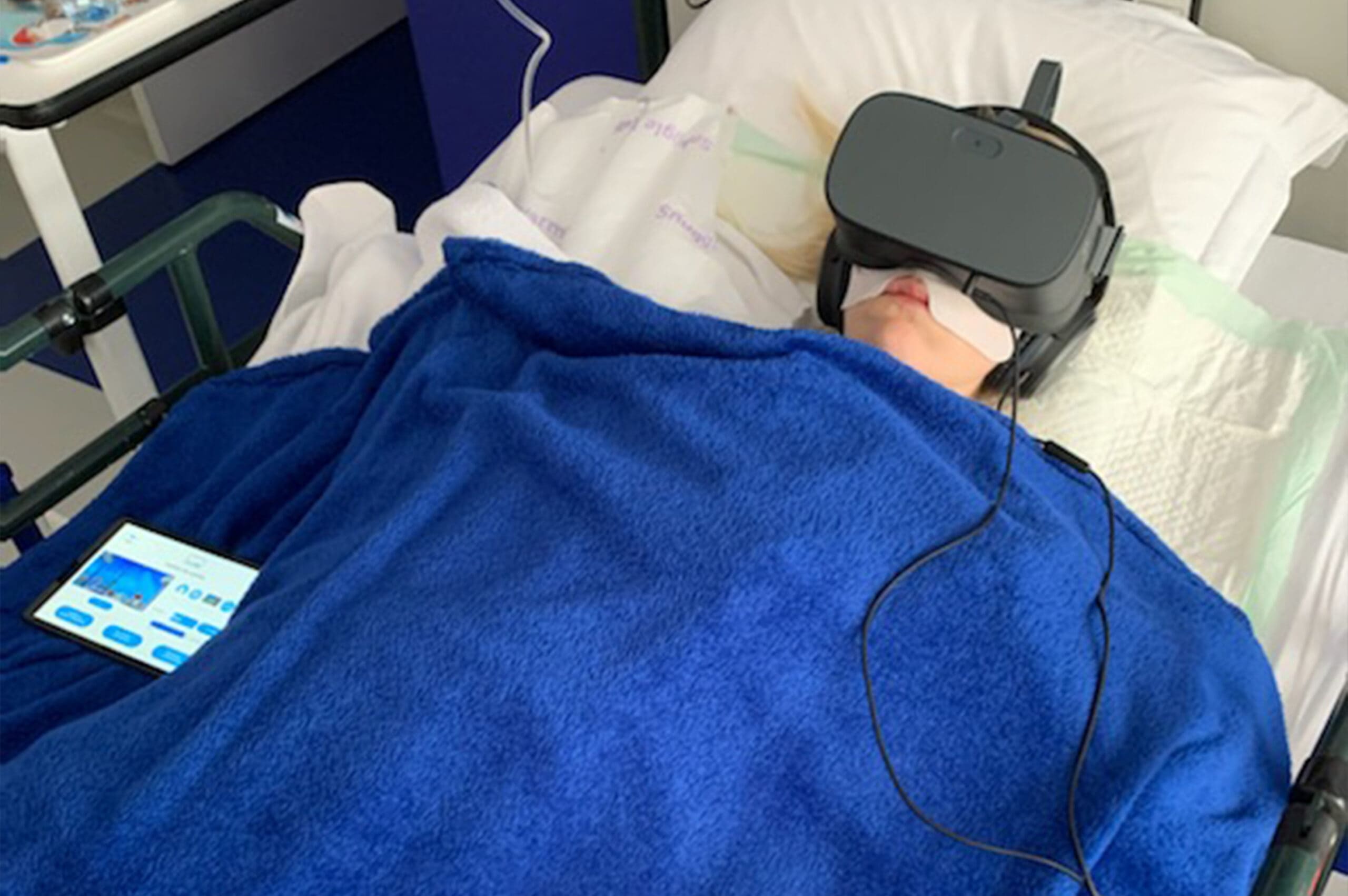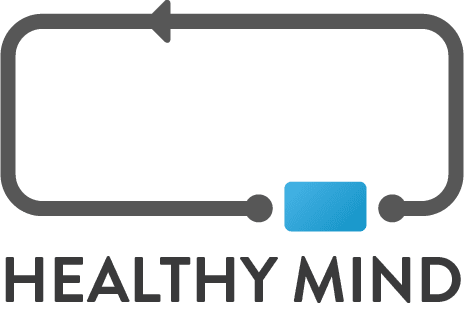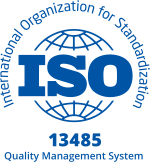In 2015, 1 million French people said they had already had plastic surgery, while 40% of the population is considering an operation in the near future (survey conducted by Opinionway for the Clinique of Champs-Élysées). Medical procedures in plastic surgery include a variety of operations ranging from breast reconstruction to hair implants, as well as hand and body surgery. Despite the large number of these operations in France, some patients are afraid of the operating theatre, have contraindications to general anaesthesia or are anxious about the upcoming treatment. Therefore, how do you reduce stress and pain before, during and after an operation? In this article, we explain the benefits of combining virtual reality and plastic surgery to relieve patients.
1. Promoting relaxation and relieving stress in patients
Surgery is rarely considered with a calm mind. News stories, films and books have often lulled us into thinking about dramatic hospital stories, so much so that patients anticipate possible complications when they are admitted. However, this train of thought disturbs the body and sends a warning message: “we are not safe”.
This feeling of unease is expressed through nervous emotions, anxiety, muscle contractions or cold sweats. These tensions are not only unpleasant, they also make the operation more difficult. Moreover, the hospital environment unwittingly reinforces this dynamic because of the smells and noises that remind us of the circumstances of the surgery. So how can we relieve an agitated mind that fears the worst?
If virtual reality cannot change the cultural heritage that associates surgery with a perilous ordeal, it can transform the perception of the anxiety-provoking environment. Instead of focusing on the machines around, the mechanical sounds, the upcoming or ongoing procedure, the patient is immersed in a soothing world designed to procure relaxation.
The script and direction are based on several principles to provide a deep quietude and a multi-sensory experience:
- high quality graphic landscapes;
- hypnotic speeches adapted to the environments;
- breathing exercises to better manage emotions;
- a sound atmosphere based on the benefits of music therapy.
By gaining serenity and comfort during treatment, the patient achieves better balance, thus facilitating the medical act and the work of the carers.
The pilot study in maxillofacial surgery and plastic surgery carried out by L. Ganry et al. shows the relaxing action of virtual reality in dealing with patients’ anxieties. Immersions are therefore presented as:
“a non-invasive means of reducing pre-operative stress levels, without side effects and without the need for additional medical or paramedical staff.”

2. Limiting pain with virtual reality in plastic surgery
The more we concentrate on our perception, the more space it takes, especially if it involves pain. Our senses become so focused that we can no longer feel anything other than the unpleasant sensation. Virtual reality serves to detach ourselves from this discomfort and turn to a safe landscape that will not remind or evoke the contractions, injuries or discomfort felt. How does it work?
Virtual reality uses a recognised process to reduce pain: the diversion of attention. Numerous studies have shown the value of this non-medicinal technique for reducing the sensory, cognitive, behavioural and psychological components of pain. Immersions act on these biases through a proposal that involves several sensory dimensions.
A study by Hoffman and colleagues assessed patients’ reactions to a painful stimulus using functional magnetic resonance imaging. The results were clear: virtual reality immersions led to a reduction of more than 50% of this perception in five areas of the brain. In our clinical research section, you will find numerous other publications attesting to the effectiveness of virtual reality in various applications.
3. Reducing the need for general anaesthesia in operations
Sometimes plastic surgery operations require the use of general anaesthesia. However, pharmacological analgesics are not without side effects and some patients may not tolerate their administration. Others simply prefer to limit the use of general anaesthesia due to several apprehensions such as the fear of not waking up or the fear of experiencing unpleasant symptoms upon waking up (nausea, vomiting, headaches, etc.).
Thus, patients who have contraindications to general anaesthesia or those who wish to do without it can still benefit from cosmetic and reconstructive surgery thanks to the analgesic effect of virtual reality. On the other hand, patients remain conscious and lucid throughout the procedure, which facilitates post-operative recovery. On the hospital side, the reduction in rest time allows for a shorter stay in the recovery room and an increase in the number of patients admitted and operated on.
Thanks to its ergonomic design, the device is practical to use and doesn’t restrict the medical team in its interventions, leaving the patient free to move. Moreover, communication remains possible at all times in order to keep a safe space adapted to the different treatments:
- hand surgery: Dupuytren’s disease, microsurgery, tendon surgery, cysts, peripheral nerve surgery (carpal, ulnar, radial), osteoarthritis, deformities or malformations;
- breast surgery: reduction, symmetrization, augmentation, breast reconstruction after cancer;
- figure surgery: liposuction, liposculpture, corrections after pregnancy, weight loss in case of obesity;
- hair surgery: hair implants.
Chrystelle Hautecoeur, a nurse at the Eure-Seine hospital center, explains the benefits she has seen after using the Healthy Mind device:
“The virtual reality goggles have allowed a modification of the painful perception for several patients. The innovative approach was appreciated, as it aroused interest as well as curiosity. Its use gave confidence to patients looking for non-drug ways to manage their pain.”

4. Decrease the patient’s post-operative pain
Because immersions reduce the use of anxiolytic and analgesic treatments before surgery, patients experience fewer complications afterwards. Symptoms such as vomiting and nausea subside, facilitating post-operative recovery.
The Healthy Mind virtual reality solution can also accompany the patient during follow-up appointments where painful procedures such as the removal of staples or dressings are often performed. Thanks to a proven relaxing and soothing effect, the immersions guarantee a more serene treatment.
The virtual reality device maintains the link between the surgeon and the patient as communication remains possible during the immersion. In this way, a discomfort, request or concern can be expressed at any time. Since the patient is relaxed during the operation, the interactions are more qualitative and the patient, aware throughout the treatment, can be more involved in the surgical process.
Virtual reality is a therapeutic tool with no side effects for plastic surgery, reducing pain and anxiety. The analgesic action of the immersions reduces the use of drug treatments and thus facilitates post-operative recovery. Thanks to the functionalities adapted for patients and caregivers, the Healthy Mind solution is perfectly integrated into the medical workflow. Since a demonstration is often worth a thousand words, we invite you to see the device for yourself. If you have any questions about our equipment, feel free to contact our team.







